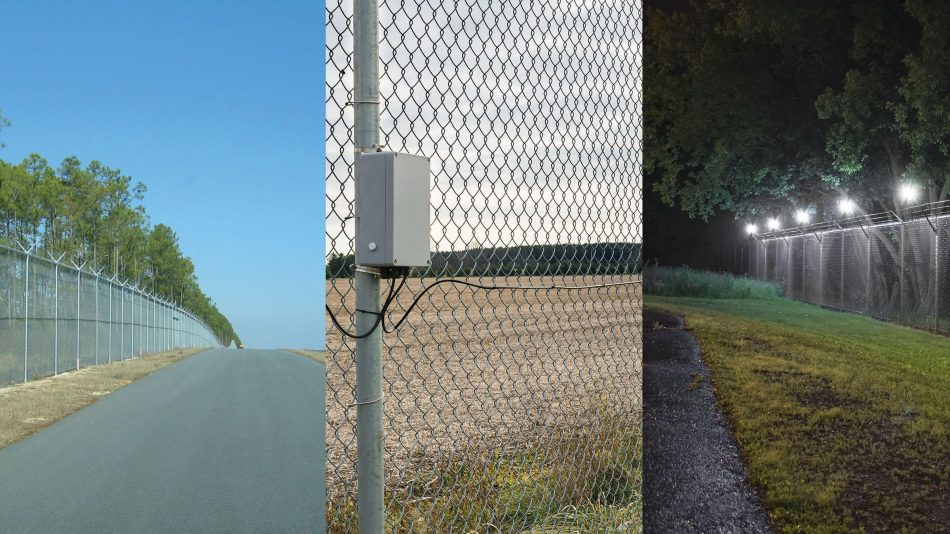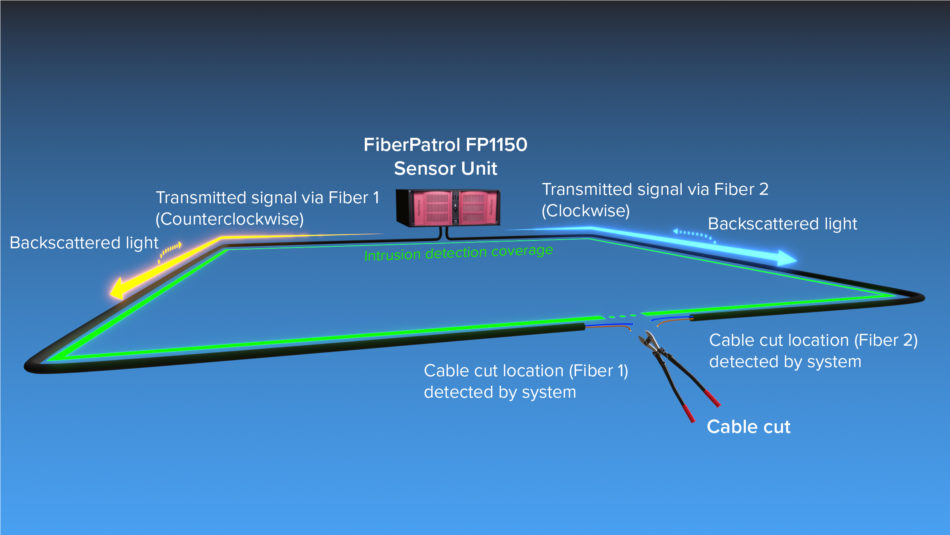Why Fiber Optic Safety Solutions Are the Future of Protection
The change to fiber optic security systems notes a considerable advancement in the realm of security, driven by their extraordinary data transmission capabilities and durability to exterior disturbances. These systems not only help with faster and extra trusted interaction yet also offer a cost-effective option with reduced maintenance needs. As the landscape of safety progresses together with emerging technologies such as AI and IoT, the possibility for optical fiber to boost and redefine security facilities becomes increasingly evident. However, the ramifications of these improvements increase critical inquiries regarding the future of security actions and their performance in an ever-changing environment.
Advantages of Fiber Optic Equipments
Among the key advantages of fiber optic systems is their remarkable bandwidth capability, which facilitates the transmission of large volumes of information over cross countries without considerable loss. This particular is particularly beneficial for safety and security applications that call for the continual surveillance and transfer of high-definition video clip feeds, sensor information, and various other essential details. Optical fiber can accommodate the growing needs of contemporary safety and security systems, ensuring that information remains undamaged and trusted.
Furthermore, fiber optic wires are less vulnerable to electro-magnetic disturbance, which can be a substantial concern in atmospheres with numerous electronic tools. This resistance enhances the stability of the information being transmitted, therefore minimizing the threat of information violations or system failures. Fiber optic systems are naturally more secure than standard copper cords, as touching right into a fiber optic line without detection is extremely hard.
The longevity of fiber optic wires also adds to their appeal. They are immune to environmental factors such as wetness and temperature changes, reducing maintenance prices and increasing system durability. Overall, these advantages setting fiber optic systems as a robust and reliable choice for modern-day safety facilities, guaranteeing trusted and safe and secure data transmission.
Improved Data Transmission Speed

The ability to transfer large amounts of information promptly assists in the smooth combination of high-definition video feeds and progressed analytics. Protection systems can currently process and analyze details in real-time, enhancing feedback times and situational understanding. Additionally, fiber optic links support longer transmission ranges without degradation of signal high quality, making them ideal for extensive safety and security networks.
The raised rate of fiber optic systems not only enhances the efficiency of protection operations but also lowers latency. This is particularly crucial in critical situations where timely decision-making can prevent safety violations or reduce prospective hazards. As organizations remain to prioritize safety and performance, the demand for quick and trusted information transmission will unquestionably strengthen fiber optic systems as a cornerstone of modern-day protection framework.
Resistance to Disturbance
Fiber optic safety and security systems regularly show remarkable resistance to electromagnetic disturbance, an essential advantage in environments prone to digital sound. Unlike traditional copper cable televisions, which can be negatively affected by magnetic fields, superhigh frequency interference, and various other types of electrical disturbance, fiber optic cables make use of light to transmit data. This fundamental residential property guarantees that the signals continue to be clear and unaltered, regardless of surrounding electronic task.
Using glass or plastic fibers in fiber optic technology develops an obstacle versus interference, enabling reputable information transmission also in difficult circumstances such as commercial centers, city locations with high digital web traffic, or areas near radio towers. This characteristic considerably reduces the probability of signal degradation or loss, making fiber optic systems specifically appropriate for protection applications where integrity and precision of data are critical.
Additionally, this resistance to disturbance improves the general performance and reliability of safety and security systems, making sure that surveillance and alert systems function seamlessly. In a world where safety and security is significantly endangered by innovative technologies, the resilience of fiber optic systems stands out as a crucial function, reinforcing their condition as an important element of modern-day safety and security framework.
Cost-Effectiveness Gradually
Considerable cost financial savings can be attained with time with the execution of fiber optic security systems. While the initial investment might seem greater contrasted to standard copper-based systems, the long-lasting economic advantages come to be apparent with lowered operational and maintenance click here to read prices (fiber security). Fiber optic cables are naturally more durable and less at risk to ecological variables, which translates to reduce substitute and repair work costs over their lifespan
Moreover, fiber optic systems call for less power to operate, which even more reduces power prices. Enhanced data transmission capacities permit less repeaters and amplifiers, reducing equipment financial investment and simplifying setup processes. The scalability of these systems additionally adds to cost-effectiveness, as companies can increase their security facilities without sustaining significant you could try these out extra costs.
Another variable to consider is the boosted effectiveness in tracking and action capacities that fiber optics offer. Improved real-time information transmission can bring about quicker incident reaction times, potentially mitigating losses and liabilities connected with safety and security violations. Altogether, the long-term benefits of fiber optic safety and security systems not just warrant the initial expenditure however also place them as a financially sensible option for organizations looking for robust protection remedies.

Future Developments in Safety
Progressing innovations are established to revolutionize security systems, integrating artificial intelligence (AI) and device understanding to improve risk detection and response capabilities. These developments will certainly enable safety and security systems to assess substantial amounts of data in real-time, determining patterns and abnormalities that suggest potential risks. This proactive strategy will enable quicker decision-making and more effective event reactions.
Additionally, the incorporation of the Web of Points (IoT) is leading the way for interconnected security tools, using extensive monitoring and monitoring. Smart sensing units can communicate info about ecological modifications, while automated notifies can notify security employees quickly of suspicious activities.
Moreover, the development of biometric technologies will further boost security mechanisms. Facial recognition, fingerprint scanning, and retina identification are coming to be much more advanced, providing layers of authentication that are difficult to bypass.
Conclusion
Finally, fiber optic safety and security systems represent a significant advancement in protection technology, offering unequaled data transmission rate, resistance to electromagnetic interference, and long-lasting cost-effectiveness. As the demand for innovative security solutions remains to grow, the combination of fiber optics with arising innovations such explanation as AI, IoT, and biometrics will even more enhance protection infrastructures (fiber security). The combination of these technologies will certainly make certain a much more safe and receptive setting, strengthening fiber optics as a keystone of future protection systems